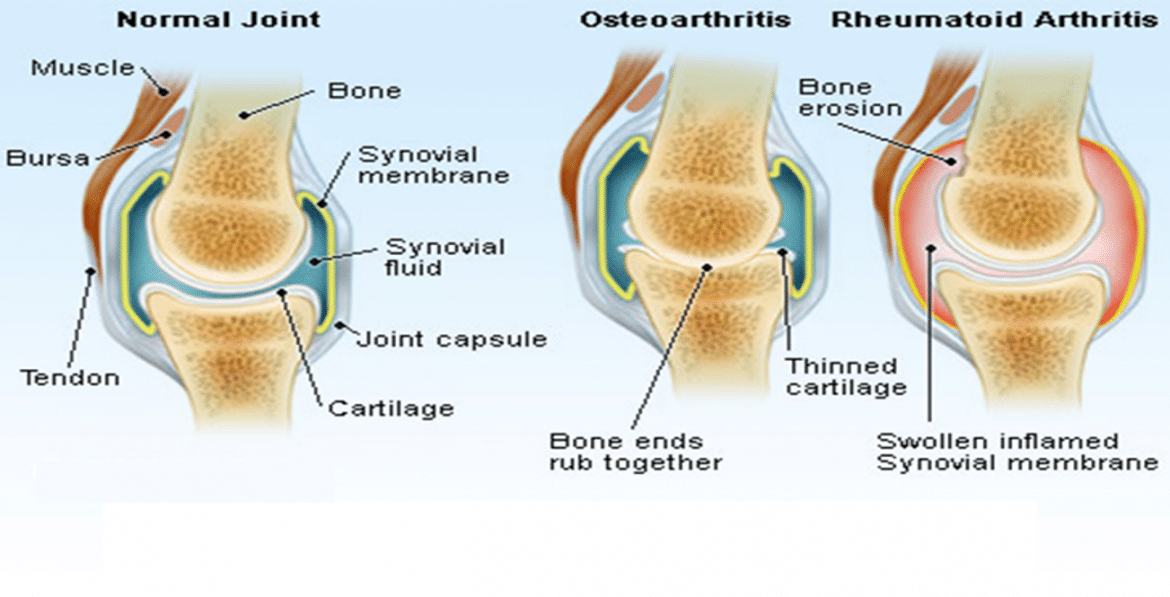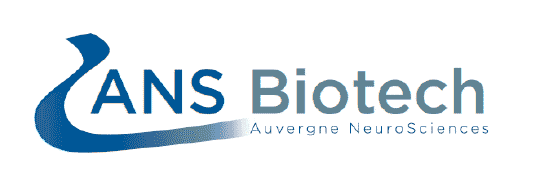ANS Biotech provides a large panel of models both in acute and chronic inflammatory pain. Our studies meet the highest ethical and quality standards required for a preclinical package.
Carrageenan is a polysaccharide obtained from various seaweeds. When injected into the plantar aspect of the paw or the knee joint, carrageenan results in a localized inflammation and, in turn, decreases weight-bearing, modifies guarding of the treated limb and induces thermal and mechanical hyperalgesia/allodynia. At ANS Biotech, inflammation is induced by intraplantar injection of carrageenan (2 %) into the hindpaw of the rat. Three hours later, mechanical hyperalgesia, thermal hyperalgesia and mechanical allodynia are measured to reveal the analgesic potency of your drugs.
Complete Freund’s Adjuvant (CFA) is a water-in-oil emulsion containing heat-killed mycobacteria or mycobacterial cell wall components. Adjuvant activity is a result of sustained release of antigen from the oily deposit and stimulation of a local innate immune response.
An essential component of this response is an intense inflammatory reaction at the site of antigen deposition that is associated with pain. In the model proposed by ANS Biotech, unilateral inflammation is induced by injection of CFA into the plantar aspect of the hindpaw. Six hours later, mechanical hyperalgesia, thermal hyperalgesia and mechanical allodynia are measured to reveal the analgesic potency of your drugs.
Capsaicin is the pungent ingredient in hot peppers. Topically applied to the human skin, it gives rise to burning pain as well as mechanical and thermal hyperalgesia at the site of application (i.e. primary hyperalgesia), and mechanical hyperalgesia/allodynia within a large surrounding area (i.e. secondary hyperalgesia). Burning pain and hyperalgesia following capsaicin application are believed to occur, at least in part, by excitation and sensitization of C-fiber nociceptors. These sensory symptoms resemble those of some neuropathic patients.
At ANS Biotech, inflammation is induced by intraplantar injection of capsaicin (1 mg/ml, 10 µl) into the plantar aspect of the hindpaw of the rat. Fifteen minutes later, thermal hyperalgesia and mechanical allodynia are measured to reveal the analgesic potency of your drugs.
Rheumatoid arthritis (RA) is a synovial disease characterized by chronic inflammation of the joints and can result in disability owing to joint destruction along with the associated pain. In rats, unilateral arthritis is induced by an intra-articular injection of a 10% kaolin suspension into the knee joint under gas anaesthesia. Kaolin produces an acute inflammation confined to the knee joint within 4h and pain-related behavior, as observed by the development of tactile allodynia and posture imbalance.
Complete Freund’s Adjuvant (CFA) is a water-in-oil emulsion containing heat-killed mycobacteria or mycobacterial cell wall components. Adjuvant activity is a result of sustained release of antigen from the oily deposit and stimulation of a local innate immune response. An essential component of this response is an intense inflammatory reaction at the site of antigen deposition associated with pain. When unilaterally injected into the tibio-tarsial joint, this model produces a disturbance of spontaneous behavior between the second and the fourth week after CFA injection and a hyperalgesia during the eight weeks following induction.
Musculoskeletal disorders represent the fourth most common cause of disability in both developed and developing countries. Osteoarthritis (OA) and, to a lesser extent, rheumatoid arthritis (RA) are considered to be the most common of the articular disorders and are frequently cited as the leading cause of persistent musculoskeletal pain. Osteoarthritis (OA) is a degenerative joint disease that affects a majority of the elderly population causing chronic pain and joint disability. Animal models of OA commonly used are based on the histopathological similarities to human disease and thus are focused on the study of the pathogenesis of cartilage degeneration, either naturally occurring or chemically or surgically-induced.
In the model proposed by ANS Biotech, a single intra-articular injection of MIA (40mg/ml) into the femorotibial joint produces progressive joint degeneration through inhibition of glycolysis and subsequent chondrocyte death that develops over several weeks. Fourteen days after induction, mechanical allodynia is assessed using the electronic Von Frey test to reveal the analgesic potency of your drugs.
OA is a degenerative disease involving several joint tissues, characterized by damage to the articular cartilage, changes in subchondral and marginal bone, synovitis and capsular thickening, resulting in structural and functional failure of the synovial joints. This progressive joint failure may cause localized (asymmetrical) and use-related pain, as well as physical disability and psychological distress. The quality of life in the majority of patients with OA is significantly impaired by severe and often intractable pain.
Animal models of OA commonly used are based on similar histopathological features as those observed in human OA, including cartilage degradation, subchondral bone remodeling and some degree of synovitis and have been used for the testing of potential chondroprotective drugs. In rodents, surgically-induced instability models of OA (partial/total meniscectomy combined with transection of collateral and/or cruciate ligaments) are considered closer to the human pathology. Despite the rapid nature of the disease progression in these animal models, they may reliably mimic human OA pathology as in the case of traumatic OA (e.g. joint injury in athletes). Symptomatically, the partial meniscectomy model has been described as inducing evoked pain (tactile allodynia but not mechanical hyperalgesia).
Inflammation is part of the classic biological response of body tissues to pathogens, damaged cells or irritants. It is a protective response involving immune cells, blood vessels and molecular mediators to eliminate the initial cause of cell injury, clear out necrotic cells and tissues damaged from the original insult, and to initiate tissue repair.
Inflammation can be classified as either acute or chronic. Acute inflammation is the initial response of the body to harmful stimuli from the injured tissues. Chronic inflammation leads to a progressive shift in the type of cells present at the site of inflammation and is characterized by simultaneous destruction and healing of the tissue.
Among the five cardinal signs of inflammation, pain is prominent. Inflammatory pain results from the increased excitability of peripheral nociceptive sensory fibers produced by the action of inflammatory mediators and is associated with various diseases, such as osteoarthritis and rheumatoid arthritis.
Preclinical models mimicking acute and chronic inflammatory pain experienced by patients are widely and reliably used by the pharmaceutical industry to reveal the efficacy of new analgesic candidates.

